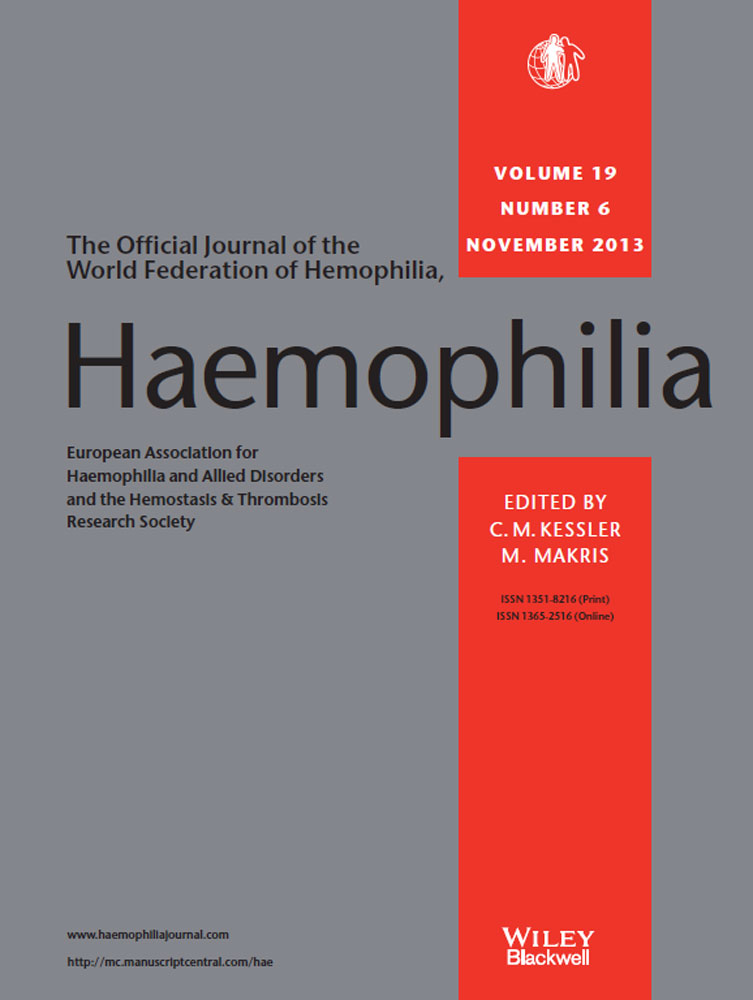Comparison of a new chemiluminescent immunoassay for von Willebrand factor activity with the ristocetin cofactor-induced platelet agglutination method
Summary
Measuring von Willebrand factor (VWF) activity is essential for the diagnosis of von Willebrand disease (VWD). The VWF activity is usually assessed based on measurement of the ristocetin cofactor (VWF:RCo). However, that test is technically challenging and has high intra- and inter-assay variabilities. A new automated chemiluminescent immunoassay VWF activity has recently become commercially available (HemosIL AcuStar von Willebrand Factor Ristocetin Cofactor Activity). The main objective of this study was to evaluate this new method and to compare it with the VWF:RCo assay as the reference method. We studied 91 samples, 18 healthy volunteers samples and 73 samples from patients (VWF:RCo level <50 IU dL−1): 29 type 1 VWD, 13 type 2A, 5 type 2B, 5 type 2M, 3 type 2N, 5 type 3, 4 type 3 under treatment, 5 type 3 carriers and 4 samples with other pathologies. The HemosIL AcuStar VWF:RCo assay was 96% sensitive and 100% specific for detecting VWF abnormalities. The good analytical performance, and the sensitivity and specificity of HemosIL AcuStar VWF:RCo to detect VWF deficiency renders it a suitable method for VWD screening.




